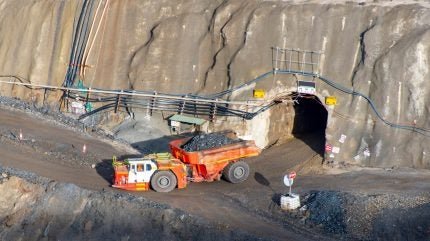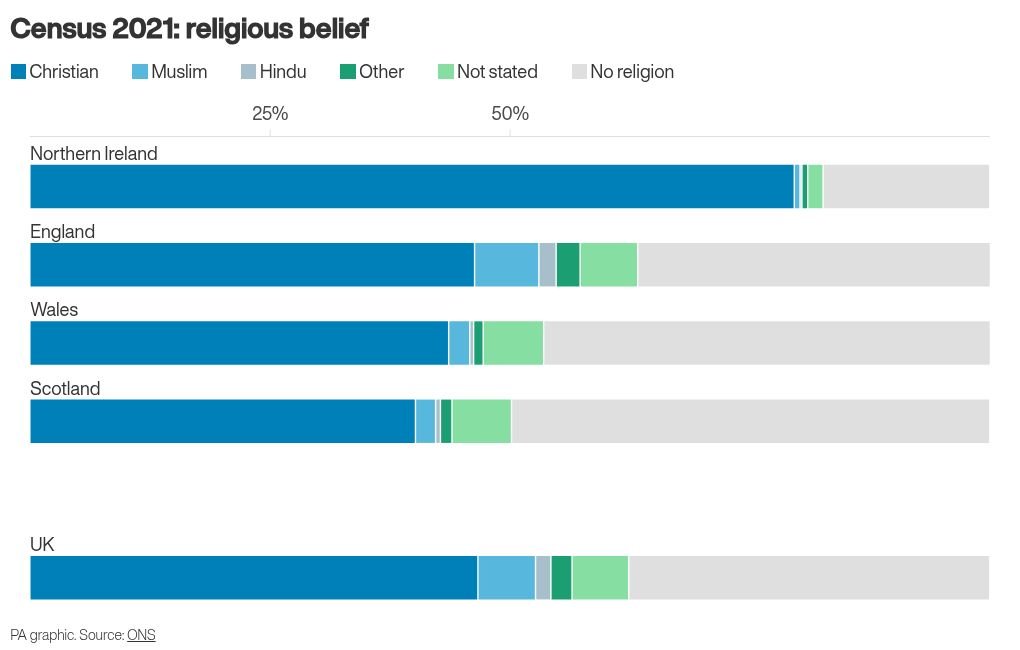Iran’s Foreign Minister Abbas Araghchi has publicly stated that recent U.S. and Israeli airstrikes inflicted serious damage on Iran’s nuclear sites, a sharp contrast to the downplaying by Supreme Leader Ali Khamenei and one early U.S. intelligence assessment that was leaked to media.
Araghchi said key nuclear facilities suffered significant harm and that Tehran is assessing the extent of the destruction. This admission comes amid escalating tensions and a fragile ceasefire following deadly clashes between Iran and Israel.
Newsweek has reached out to the State Department and Iran’s foreign ministry for comment.
Why It Matters
The report of severe damage to Iran’s nuclear infrastructure indicates rare discord within Tehran’s leadership, revealing competing narratives on the impact of Western military actions.
It also bolsters statements by U.S. President Donald Trump‘s administration of severe damage to the nuclear facilities in the face of the leaked intelligence assessment.

Iran foreign minister Abbas Araghchi talks on his mobile phone during the 51st session of the Council of Foreign Ministers of the Organization of Islamic Cooperation (OIC) in Istanbul, on June 21, 2025.
Photo by YASIN AKGUL/AFP via Getty Images
What to Know
Last week, U.S. forces targeted Iran’s nuclear facilities at Natanz, Fordow, and Isfahan. While U.S. President Donald Trump said the strikes had “completely obliterated” Iran’s nuclear capabilities, one early leaked intelligence assessment said the setbacks might delay Iran’s program by months rather than years. The International Atomic Energy Agency (IAEA) confirmed notable damage, particularly at the Fordow site, but warned that full reconstruction could take years.
Diverging Views Within Iran
Supreme Leader Khamenei publicly dismissed the strikes’ effectiveness, asserting they “did not achieve anything” and accused Trump of exaggerating their impact. This position contrasts sharply with Araghchi’s admission, signaling a potential rift between the supreme leader and the foreign ministry on how to manage public perception and diplomatic strategy.
In an interview on Iranian state TV, Araghchi said that the U.S. strikes inflicted “serious harm” on its nuclear facilities. “This damage has not been minor—serious harm has been done to our facilities,” he said, noting that Iran’s Atomic Energy Agency is conducting a thorough assessment of the destruction.
What People Are Saying
Iranian Foreign Minister Abbas Araghchi: “This damage has not been minor — serious harm has been done to our facilities. They are currently conducting a thorough assessment of the damage.”
Supreme Leader of Iran Ayatollah Ali Khamenei: “The strikes did not achieve anything. Claims about their success are exaggerated.”
U.S. President Donald Trump: “Iran’s key nuclear enrichment facilities have been completely and totally obliterated.”
What Happens Next
Iran’s apparently contradictory messaging on the nuclear site damages reflects internal power dynamics and may influence its diplomatic engagement with the West and regional players.
As Tehran resists international inspections, tensions are likely to persist, complicating efforts to revive nuclear agreements and maintain regional stability. The international community will closely monitor Iran’s reconstruction efforts and its nuclear activities amid these developments.

In this photo released on Thursday, June 26, 2025, by the official website of the office of the Iranian supreme leader, Supreme Leader Ayatollah Ali Khamenei speaks in a televised speech, under a portrait of the late revolutionary founder Ayatollah Khomeini.
Office of the Iranian Supreme Leadercials/AP Photo






